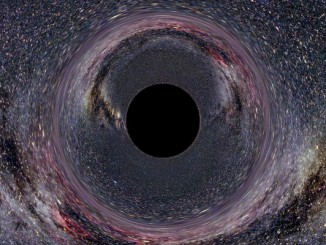
Articles by Astronomy Now


Lunar Reconnaissance Orbiter provides new high-resolution earthrise image
NASA’s Lunar Reconnaissance Orbiter (LRO) recently captured a unique view of Earth centred just off the coast of Liberia from the spacecraft’s vantage point in orbit around the Moon, about 83 miles above the crater Compton, which is located just beyond the eastern limb of the Moon, on the lunar farside.

Did the ancient Egyptians record the period of eclipsing binary Algol?
A scholarly investigation of the Cairo Calendar papyrus (1244–1163 B.C.) has led researchers at the University of Helsinki to conclude that the ancient Egyptians were aware that the variable star Algol (beta Persei) had a 2.85-day period. Given that the star’s current period is 2.8673 days, this supports the theory that mass transfer between the stars of this eclipsing binary has caused a long-term increase of its orbital period.
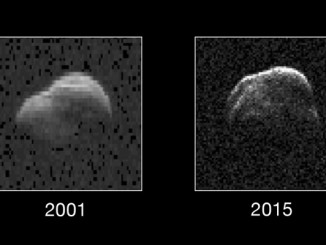
Asteroid looks even better second time around
Asteroid 1998 WT24 safely flew past Earth on 11 December at a distance of about 2.6 million miles (11 lunar distances). During its flyby, NASA scientists used the 230-foot (70-metre) DSS-14 antenna at Goldstone, California, to probe it with microwave transmissions. Using this technique, they created the highest-resolution radar pictures of the asteroid — 2.5 times better than when it was last imaged, 14 years ago.

See a rare full Moon on Christmas Day
As darkness descends on 25 December 2015, a rather special Moon can be seen rising in the east, since this is the first full Moon to occur on Christmas Day since 1977. Let us hope that the weather is favourable, for we have rather a long wait until the next — 2034. Season’s greetings from everyone at Astronomy Now!
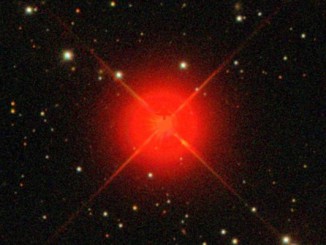
Potentially habitable super-Earth found just 14 light-years away
Australian astronomers from the University of New South Wales have discovered the closest potentially habitable planet found outside our solar system so far, orbiting a star just 14 light-years away. The planet, more than four times the mass of the Earth, is one of three that the team detected around a red dwarf star called Wolf 1061.

Galaxy cluster survey yields 3-D view of universe’s dark side
An international team of astronomers used European Southern Observatory telescopes to complement other earth- and space-based instruments as part of the XXL survey of galaxy clusters. The ESO team measured the precise distances to the galaxy clusters, providing the 3-D view of the cosmos required to perform accurate measurements of dark matter and dark energy.
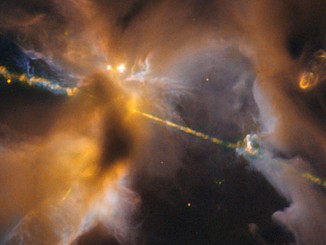
Hubble sees the Force awakening in a newborn star
Just in time for the release of the movie “Star Wars Episode VII: The Force Awakens,” NASA’s Hubble Space Telescope has photographed what looks like a cosmic, double-bladed lightsabre. In the centre of the image, partially obscured by a dark, Jedi-like cloak of dust, a newborn star shoots twin jets out into space as a sort of birth announcement to the universe.

Final results of NameExoWorlds public vote released
The votes are in — the names of 19 ExoWorlds (14 stars and 31 exoplanets orbiting them) have been chosen by public vote in the NameExoWorlds contest, and accepted by the IAU. Reflecting the truly international interest in astronomy, over half a million votes from 182 countries and territories contributed to the new official designations of the alien worlds.
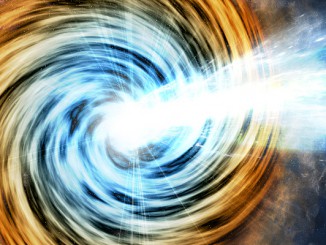
Gamma rays from distant blazar galaxy tell story of an epic escape
In April 2015, after travelling for about half the age of the universe, a flood of powerful gamma rays from a distant galaxy slammed into Earth’s atmosphere. Observations of PKS 1441+25, a rare type of galaxy called a blazar, provide a look into the environment near a supermassive black hole at the galaxy’s centre and offer a glimpse into the state of the cosmos 7 billion years ago.
